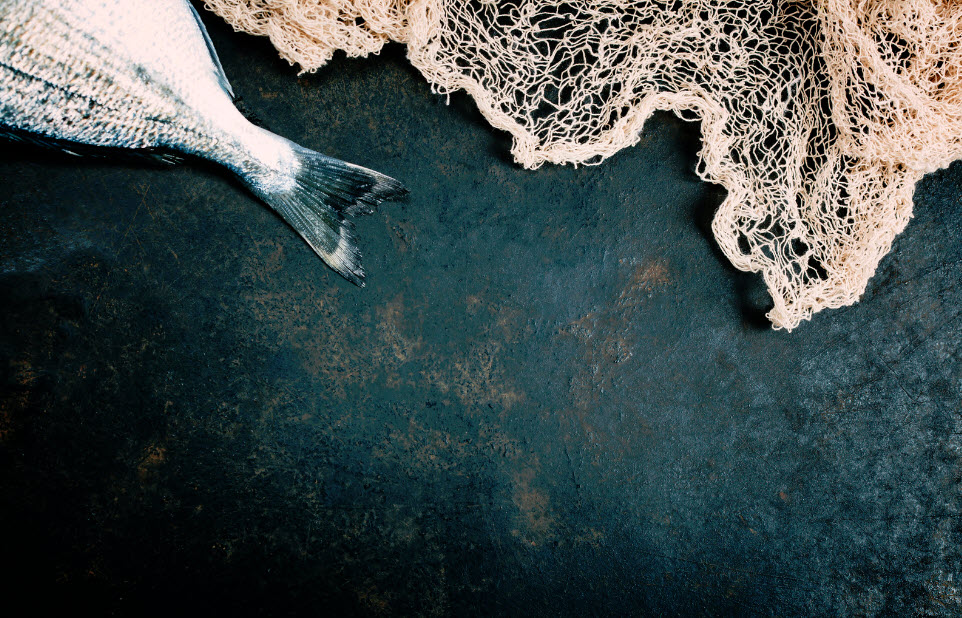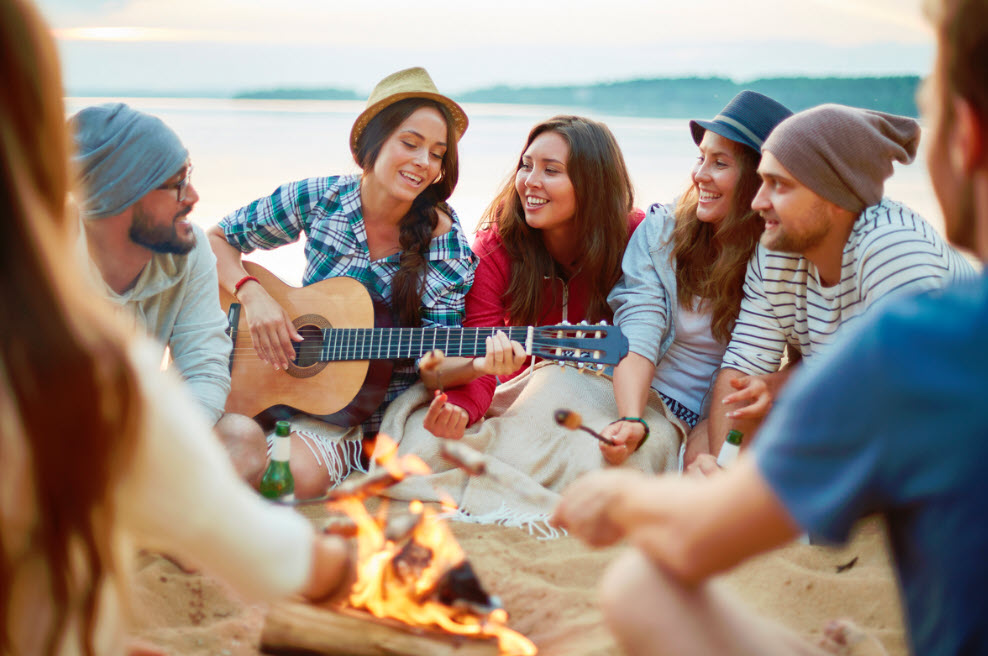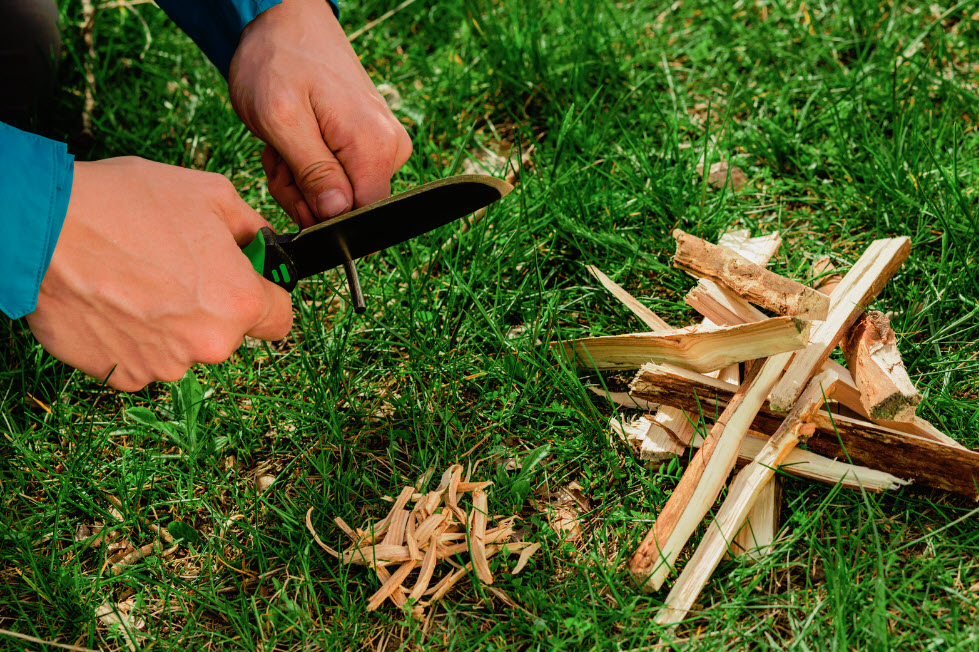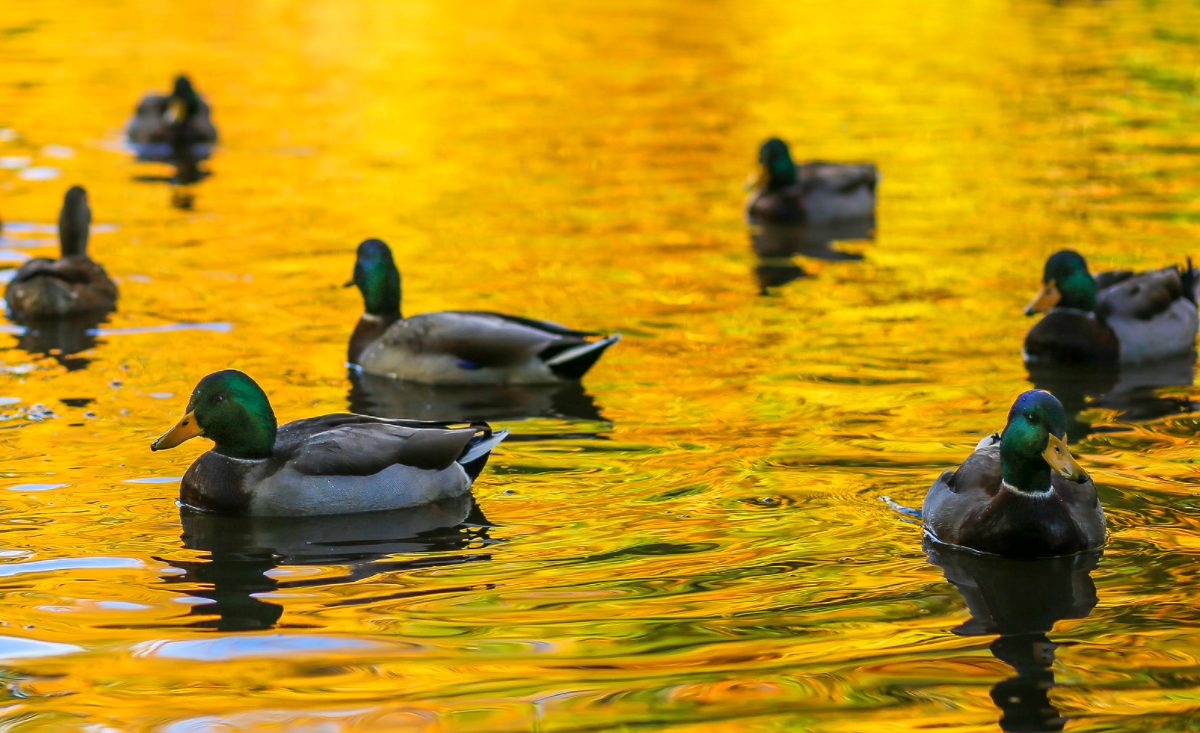
If you want to prepare effectively for survival, fishing is an important skill to master for many different reasons. There are plenty of ways that fishing can help you survive, whether it’s in a short-term emergency or during a long term event. Learning how to fish and practicing it as often as possible will prepare you if something unexpected ever happens.
Page Contents
What are the survival benefits of fishing?
Eating fresh fish is a great way for humans to get many essential nutrients like protein, fat, and vitamins, and these can be hard to come by in emergencies. Just by catching two or three decent sized fish, you may be able to get several days worth of healthy meals, and this can even be enough to feed a whole family.
Also, when you find a lake or stream for fishing, an additional benefit is that this automatically provides you with access to clean drinking water, so long as there’s enough rainfall in your area (and assuming there is no surface contamination).
And finally, if you know how to fish, it can be done with very little effort, as you can set up fishing lines that catch fish for you while you’re busy doing something else. So if you compare the benefits to the efforts involved in fishing, it makes a lot of sense to add fishing to your arsenal of survival techniques.
Catching fish for survival
The following methods are easiest to learn if you have at least some fishing experience. So in case you’ve never fished before, try to learn some basic fishing techniques, and familiarize yourself with the biology of the most common fish species in your area.
But if you do already have some fishing experience, keep in mind that In a survival situation, you should approach fishing a little differently than regular sport fishing. While you can definitely use a rod and reel, it’s usually more efficient if your chosen method does not require you to monitor it actively. This kind of fishing involves setting up a line with baited hooks, and coming back later to reel in the fish that have hooked themselves.
And if you’re catching fish for survival, it also helps if you have ways to keep the fish alive for several days before you eat them, as you can make use of a big catch to bridge more lean times. This is best done with a net of some sort, though you can also build a contained area at the lake shore.
An essential part of prepping for survival is putting together a survival kit (for more details read our article on the top survival tips for beginners), and if you want to use fishing for survival, then it’s important to add some basic fishing tackle to your kit. The most important items to add are: fishing line, hooks, and sinkers.
Setting up multiple hand lines
If you have access to fishing line and hooks, you don’t need to use a fishing rod and reel to catch fish. Instead set up multiple fishing lines, each with a weight or sinker at the end, and several hooks above the weight that are baited with small fish, leeches, or worms (or anything else you can think of that the fish like to eat). Throw out each of the lines into the river or lake, and tie the other end of the line to a log. Then leave your lines there for hours (or even overnight), and come back later to pull them back in. If there are big fish around, it’s best to do this with a heavy line.
This is a great method to catch fish like catfish, but if you’re using small fish as bait, you can also use it to catch trout, bass and walleye that way.
Fishing with a spear
If you don’t have access to fishing line, you can make a spear out of wood or metal, by sharpening the end, and tying a thin rope to the other end. Ideally you want to make a barb on the pointed end, so the spear gets lodged inside the body of a fish, enabling you to pull it out. It’s also good to do this with a trident that has narrowly spaced prongs.
The hardest part of using this technique is learning how to compensate for light refraction on the water surface. In order to do this, try to aim slightly below the fish. If you do this for a while, you’ll know exactly where to aim in order to hit the fish precisely. In some cases you’ll just end up stunning the fish, and it’s good to have a landing net around so you can scoop it up.
Using a fish trap
A fish trap is much easier to build than most people think. All you need is a container (usually a basket, but you can also use a plastic bottle), and a funnel that serves as an entrance to the container. Make sure the entrance is big enough to accommodate the fish you’re trying to catch, and add some bait to the container to entice them to swim in. Fish will be able to swim through the funnel into the trap, but not out anymore.
Using this kind of trap is often a good way to catch small fish, like minnows or chubbs, which you can then use as bait to catch the bigger fish.
Using gorge hooks
If you don’t have access to regular fishing hooks, you can use gorge hooks instead. A gorge hook is simply a small straight piece of wood, bone or metal with sharpened ends, that you tie to your fishing line in the center. When a fish swallows it, it tends to lodge in the throat of the fish, which you can use to pull it in with your line. It’s very easy to make your own gorge hooks.
Using a trotline
A trotline is a thick rope or cord that you can use to span across a stream or river, each end tied to a tree or log. Tie smaller pieces of fishing line evenly spaced along the trotline, each with a baited hook at the end. This allows you to set up multiple lines crossing the whole width of the river, which increases your chances of catching fish. And the best part is that you can leave a trotline for hours before you check back for fish that have hooked themselves.
Conclusion
Fishing can be a valuable skill in an emergency. You might not think of fishing when looking for food or water, but if you know how to fish, that can help to provide nourishment and sustenance during difficult times.
In order to survive effectively during an emergency scenario like natural disasters, where food supplies have been compromised and fresh water supplies are hard to get, having some fish catching skills can be invaluable. That’s why an assortment of basic fishing items should always be part of your survival kit.
Learning how to fish—an essential guide
If you plan to fish in a survival scenario, you might want to learn how to fish first. Many first-time anglers worry that catching a fish is complicated. However, a bit of gear, a fishing license, and a reading over the basic information will help you learn how to catch fish.
Since there are many fishing methods, we cover this time spin fishing, where you need a rod with a spinning reel and lures/live bait. It’s one of the most straightforward methods and you don’t need expensive gear for it. Here are the steps to go through with learning how to fish:
Start with getting a license
You will need a fishing license for the state you will learn fishing. You can buy the license online or in convenience stores. You will pay less than $20 for a day license as prices vary from one state to another. If you’re a non-resident, expect to pay more than a resident. You might want to consider buying an annual license to improve your fishing skills. It costs between $30 and $150.
Pick a location
Ask a friend who has experience with fishing about where to fish in your area. The chances are he/they will have much information about local weather. You can also get your data from fishing apps. We recommend you try a lake initially because they typically have a dock or a bank to fish from. Most lakes have more hungry fish than a river will. Panfish, brass, or rainbow are the most common species in lakes, whereas salmon and trout species (brown trout, cutthroat, or rainbow) are found primarily on rivers.
Learn about etiquette
Like hunting, hiking, etc., fishing has etiquette you have to learn about. You have to be respectful of other fishermen, the fish you catch, and the environment you’re in. Avoid a spot where someone else is already fishing; 50 to 60 feet away from crowded water is reasonable. Also, you shouldn’t keep more fish than you can take/eat and follow the leave no trace regulation. Seek if the area you’re on is catch and release, fly-fishing only, or limited to artificial lures.
We encourage you to check out the local regulation book and not rely on the sign in the area. Go online and inform yourself from the state’s forestry department’s website for updates on closures and similar.
Buy your gear
Here’s what you will need as a beginner:
A spinning reel and rod combo
You should only buy a spinning reel and rod combo for your entry-level fishing. When we say “combo,” we mean a reel and rod sold together for an effortless setup. When you in-store, ask an employee to give you recommendations.
Lures and bait
You also have to buy lures and bait. Live worms and power bait (it’s a scented material that you can use around the bare hook) are excellent options for beginners. Lures are made to catch fish’s attention and you should buy them as well.
The miscellaneous
The bobbers (small floating balls that sink) are also helpful gear as they show you when you have a fish on. Don’t forget to buy a rubber net that is soft on fish’s skin and needle-nose pliers to get lures from the fish’s mouth are also items to buy.
You will need to organize all your fishing gear, so buy a tackle box to manage your bait and lures efficiently. All of this gear is for your beginning. The more you will fish, the more you will improve your skills and feel the need to upgrade your equipment.
Build your skills
Many things make a good fisherman, such as patience, attention to detail, calmness, etc. We cannot teach you much about them, but we can highlight which skills you need to build with fishing.
Making knots
There are many youtube tutorials about how to make knots, and some of them are crucial for fishing. The clinch knots, Palomar, and the double surgeon’s knot are only names.
Reading water
You have to learn where the fish likes to hide. For instance, fish hang out in and around weeds and downed trees close to the shore in lakes.
How to catch your first fish?
Like with many other outdoor activities, you need to follow specific steps to get results with fishing. Here’s how to catch your first fish:

Casting
Casting with a spinning reel is relatively intuitive. You only need to wind up and chuck your lure as far as possible; it’s similar to throwing a baseball. Begin with 6 inches of line out the end of the rod while the reel is below your dominant hand. The spinning reel will employ the bail so that the line doesn’t come out of the spool. Flip the bail, use your fingers to hold the line, and bring the rod tip up. It should be a tad behind you; use your wrist and elbow to cast forward. When the rod is vertical or a bit ahead from vertical, you will have to release the line and send the lure flying. After the lure gets in the water, you have to flip the bail back and start reeling.
Hooking
You have to pay attention to the fish “spitting” out your lure and if the line breaks due to the fish’s power and weight. To avoid these situations, you have to “set” the hook into the fish’s mouth after it has bitten your bait or lure. You have to set it at the perfect time and use adequate pressure.
Landing
After you hook, play, and reeled in your fish, you will need to shore. Use a net to scoop it up to not flop on the rocks or the bank. Please don’t squeeze the fish’s stomach or touch its gills. If you plan to release it back, don’t keep it out of the water longer than you can hold your breath.
Instead of a conclusion
You might want to hire a guide to progress quickly. Guides are knowledgeable about the local lakes and rivers and can teach you about reading the water, selecting the lures, etc. Don’t forget to go online and check out YouTube videos to pick up new information.
If you’re planning to fish for survival in the swamp, also check our guide on how to survive in the swamp.







